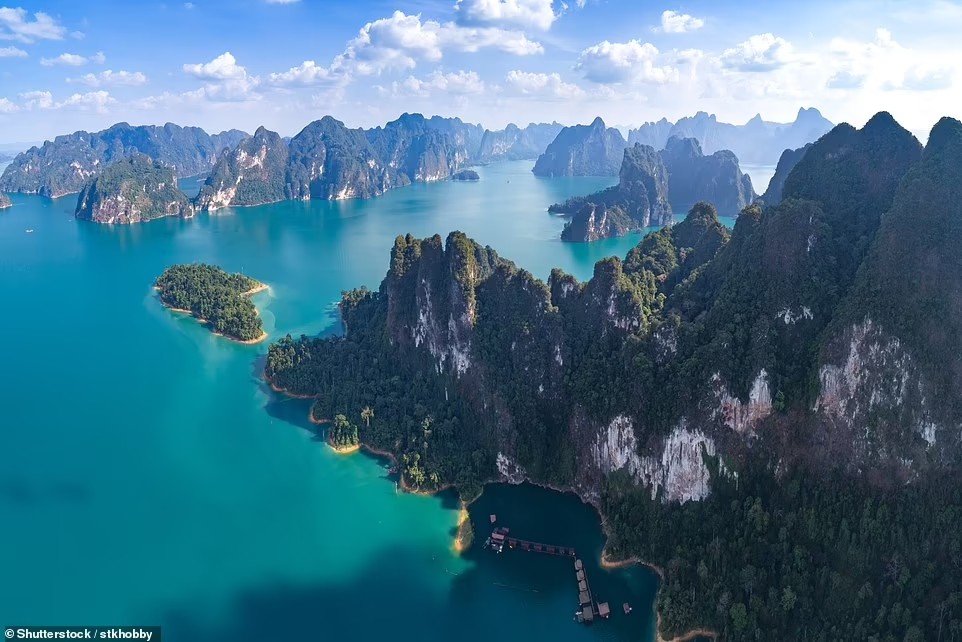
Khao Sok National Park in southern Thailand, established in 1980, boasts a rainforest that is said to be even more diverse than the Amazon. It also features waterfalls, limestone cliffs, and numerous endangered species of flora and fauna.
2. Kruger National Park, South Africa
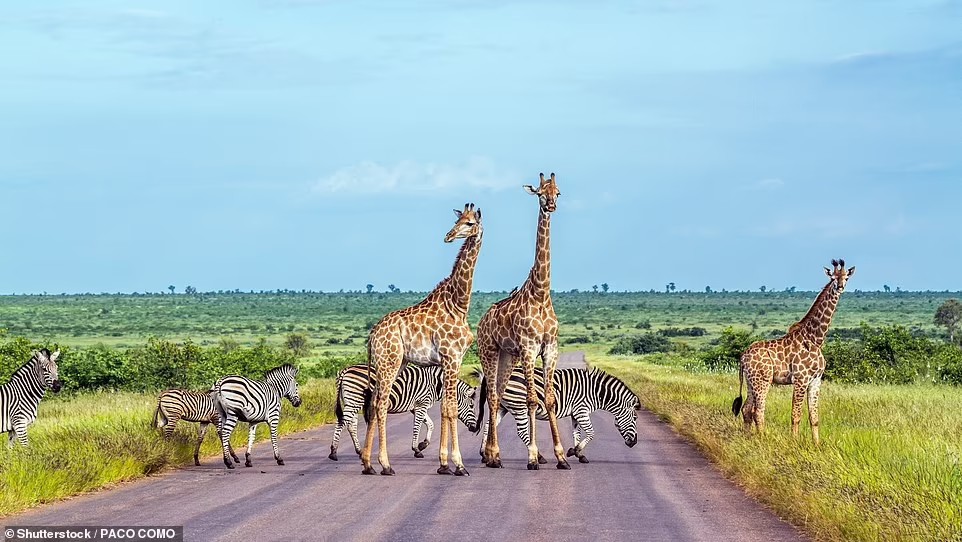
Spanning over 2 million hectares, Kruger National Park is home to an impressive variety of flora and fauna, including 336 tree species, 49 fish species, 34 amphibian species, 114 reptile species, 507 bird species, and 147 mammal species. In addition to its abundant wildlife, the park also boasts historical sites such as Bushman rock paintings, ancient artworks created by South Africa’s indigenous people.
3. Peak District National Park, United Kingdom
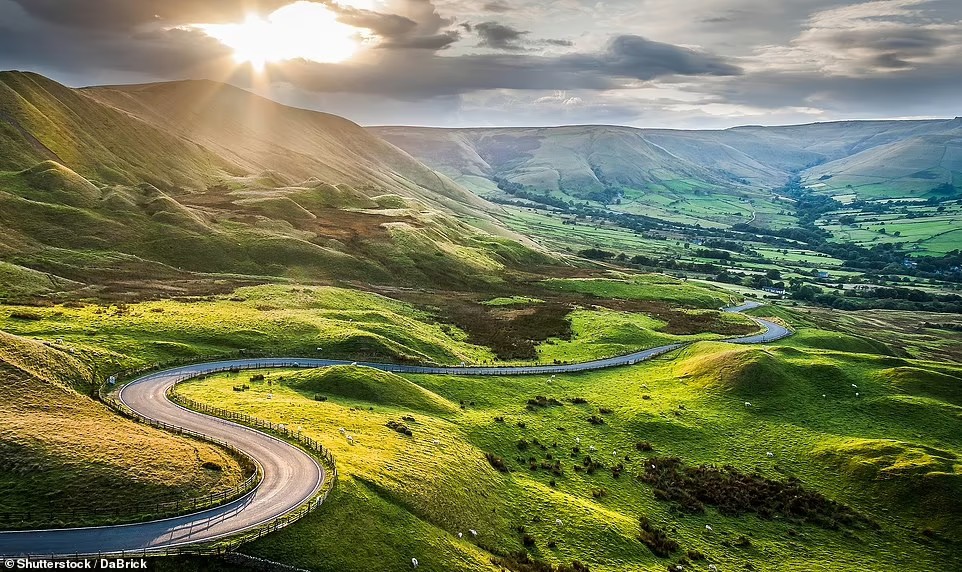
The Peak District was the first area to be designated a national park in the United Kingdom, back in 1951. The park encompasses three main landscapes: Dark Peak, a wild, northern moorland covered in heather, White Peak, a limestone plateau, and South West Peak, an area of hills and moors.
4. Port Campbell National Park, Australia
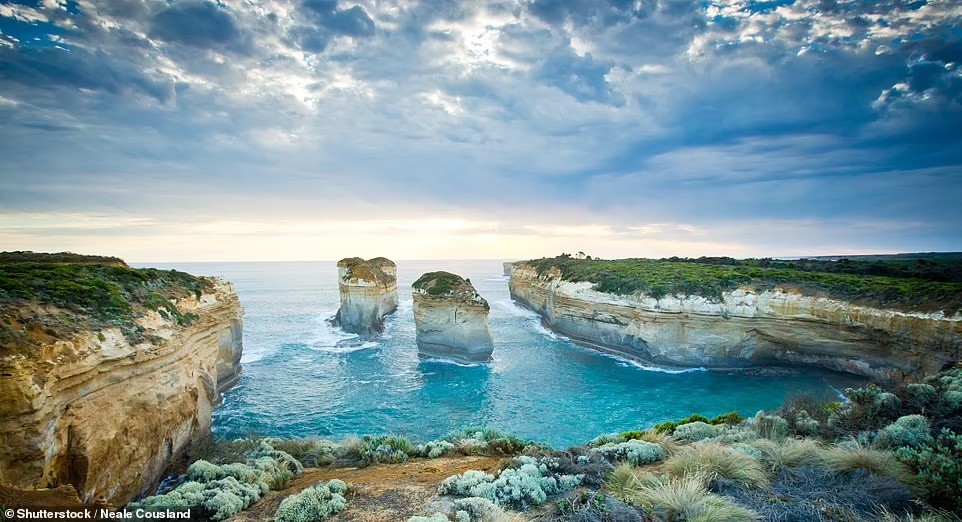
Port Campbell National Park is renowned for its colorful limestone formations, which are especially striking at sunset. Visitors can take in the sights by traveling along the famous Great Ocean Road or by partaking in activities such as mountain biking, boating, and four-wheel driving…
5. Zhangjiajie National Forest Park, China
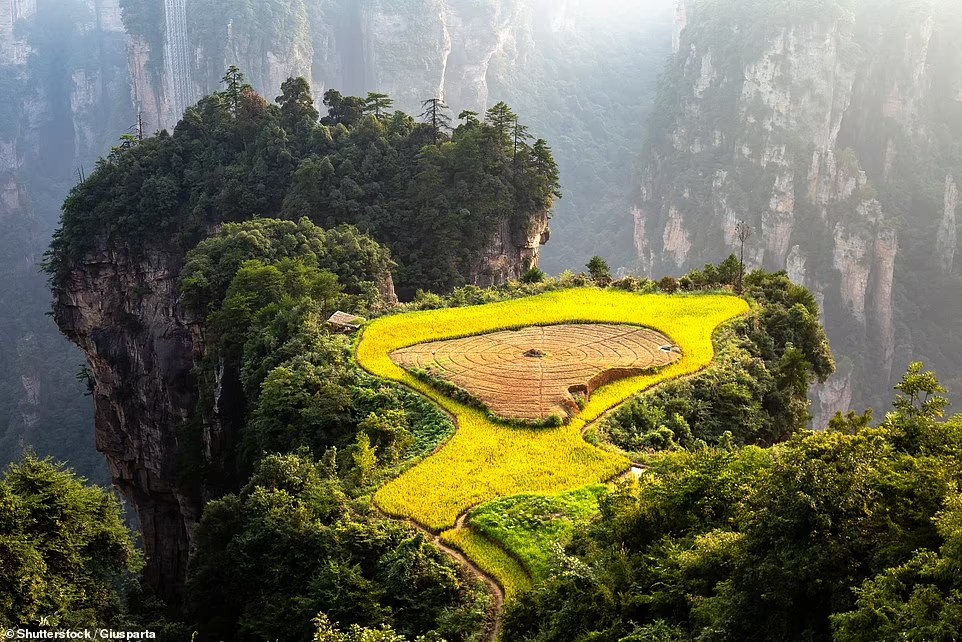
Zhangjiajie National Forest Park, a UNESCO World Heritage Site, resembles a different world. It inspired the ‘floating mountains’ in the blockbuster movie Avatar. Within the park, there are also a few small villages, notably a rice field located 1,000 meters above sea level.
6. Yorkshire Dales National Park, England
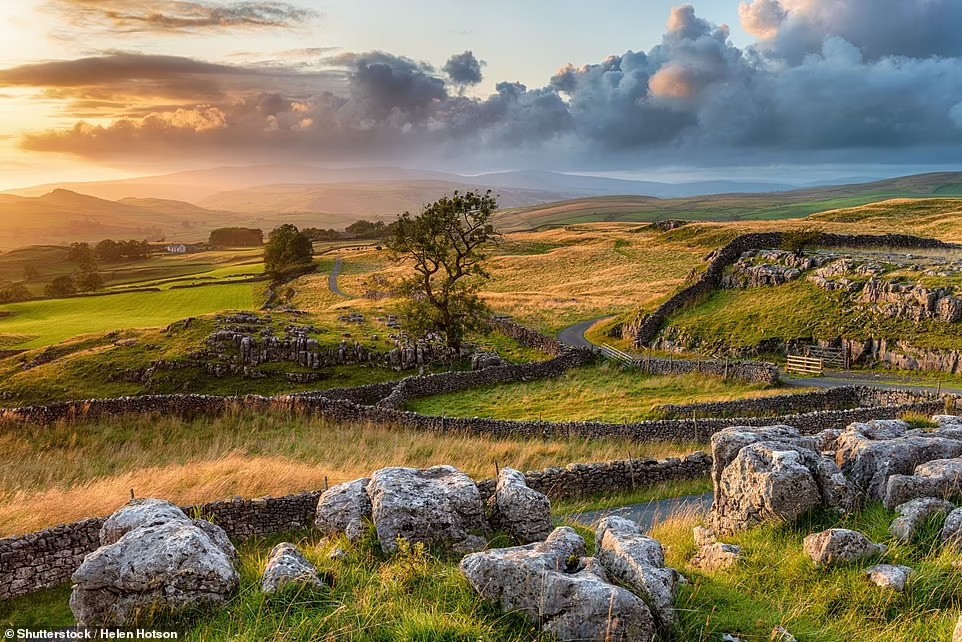
Covering an area of 2,179 square kilometers in northern England, Yorkshire Dales National Park boasts natural wonders ranging from valleys to craggy cliffs and a maze of underground caves. Stone-built villages nestled within traditional agricultural landscapes offer a glimpse into how the area has evolved over millennia. Spectacular waterfalls and ancient broad-leaved woodlands contrast with the scattered remnants of past mining activities and other rural industries, reminding visitors of the region’s rich industrial heritage.
7. Bryce Canyon National Park, Utah, USA
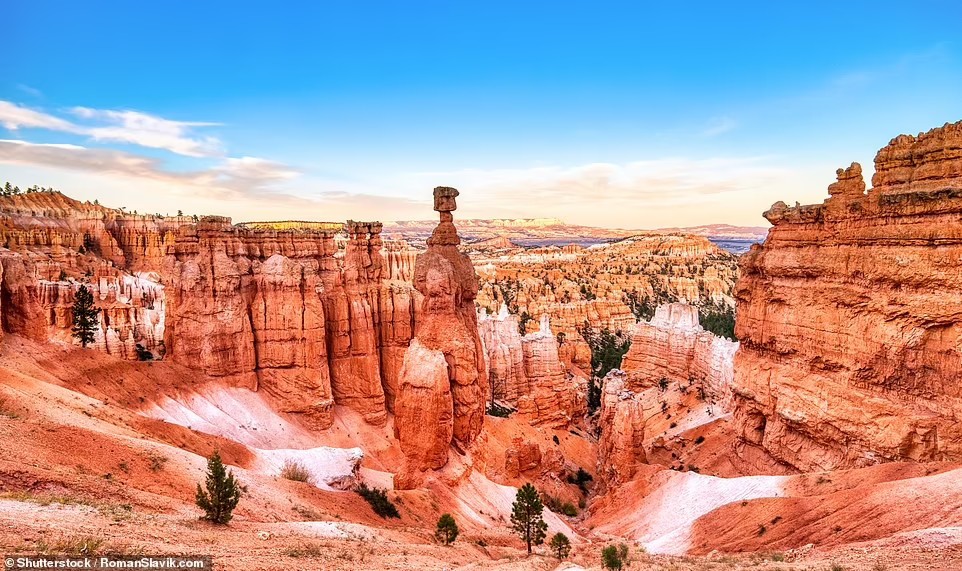
This Utah desert reserve, spanning just 145.5 square kilometers, packs a punch. It is characterized by tall, thin spires called hoodoos, formed by rainwater and ice. Bryce Canyon is home to over 100 bird species and dozens of mammal species. Additionally, the park offers dark skies ideal for astrophotography and stargazing through telescopes.
8. Loch Lomond and Trossachs National Park, Scotland
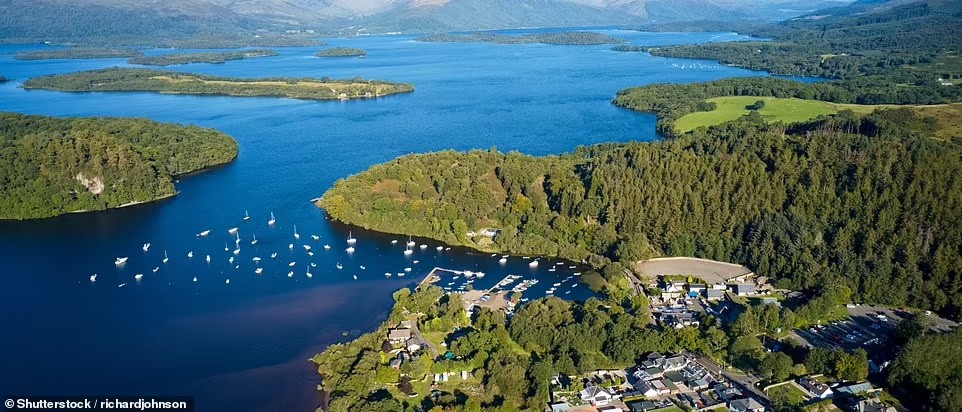
Centered around Loch Lomond, just a 45-minute drive north of Glasgow, this national park treats visitors to some of the world’s most stunning scenery. Within the park, there are 21 munros (mountains over 3,000 feet), 22 lochs, and over 50 rivers. Inchcailloch, an island on Loch Lomond, provides a year-round habitat for a variety of wild birds. Visitors enjoy activities such as camping, fishing, hillwalking, and loch cruises.
9. Plitvice Lakes National Park, Croatia
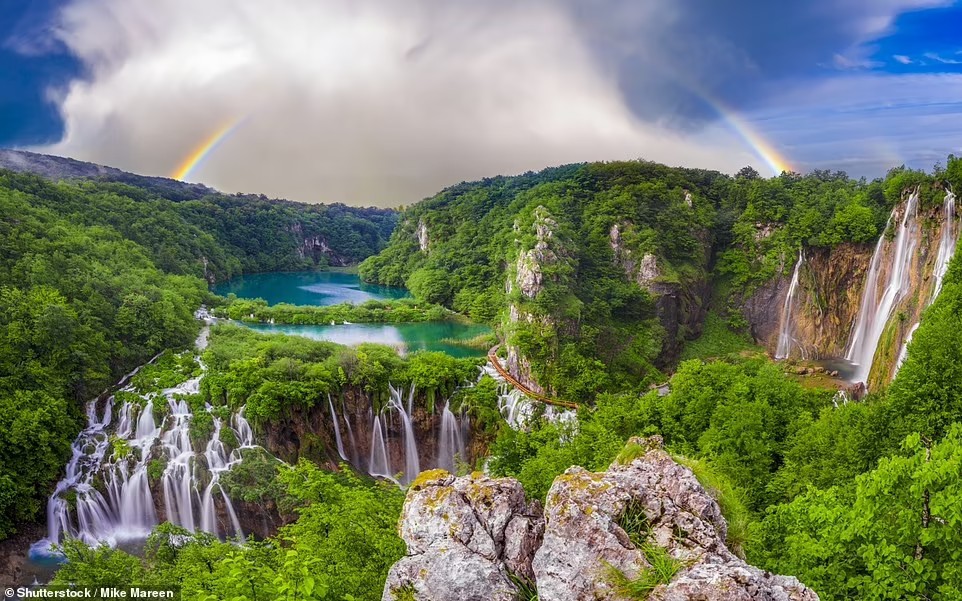
Spanning an area of 295 square kilometers, Plitvice Lakes National Park is renowned for its chain of 16 terraced lakes and stunning waterfalls cascading into limestone canyons. It is the oldest and largest national park in the Republic of Croatia. With its extraordinary lakes, the park has been inscribed on UNESCO’s World Heritage List. Home to 259 species of animals and 1,400 plant species, the park accounts for 30% of Croatia’s flora and fauna. It also features a hotel built on a plateau, with walking trails for tourists between the lakes.
10. Hawaii Volcanoes National Park, USA
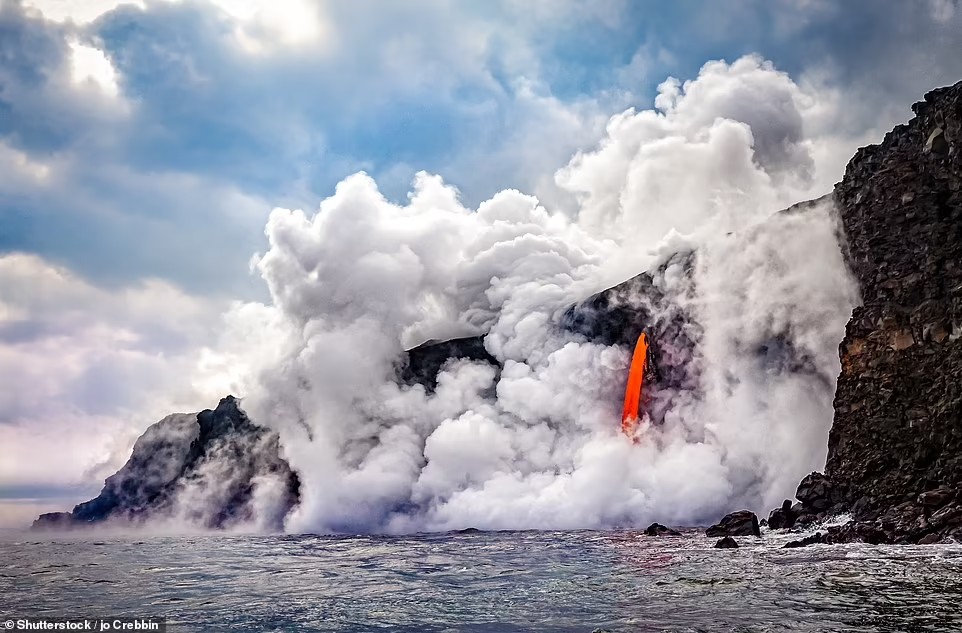
This national park is home to two active volcanoes: Mauna Loa, the world’s largest shield volcano, and Kīlauea, the most active volcano in Hawaii. As a UNESCO-designated International Biosphere Reserve and World Heritage Site, the park boasts some of the world’s most unique geological, biological, and cultural landscapes.
11. Calanques National Park, France
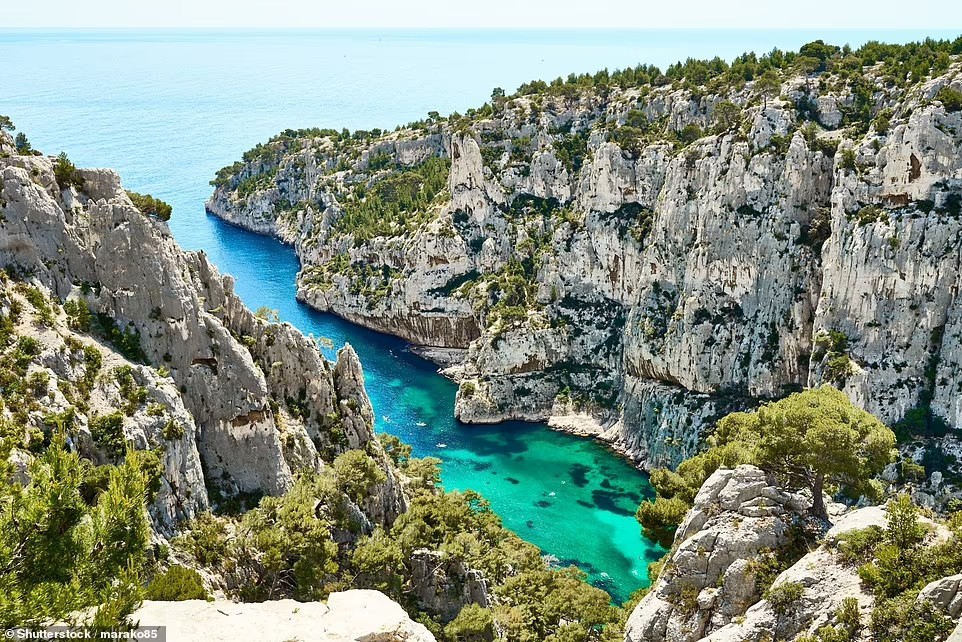
Dubbed a ‘natural and cultural gem of the Mediterranean’, this national park covers 8,500 hectares on land and even more at sea. The Calanques are limestone cliffs stretching from Marseille to the small town of Cassis in the east. Visitors can explore this area by kayak or boat.
12. Exmoor National Park, UK
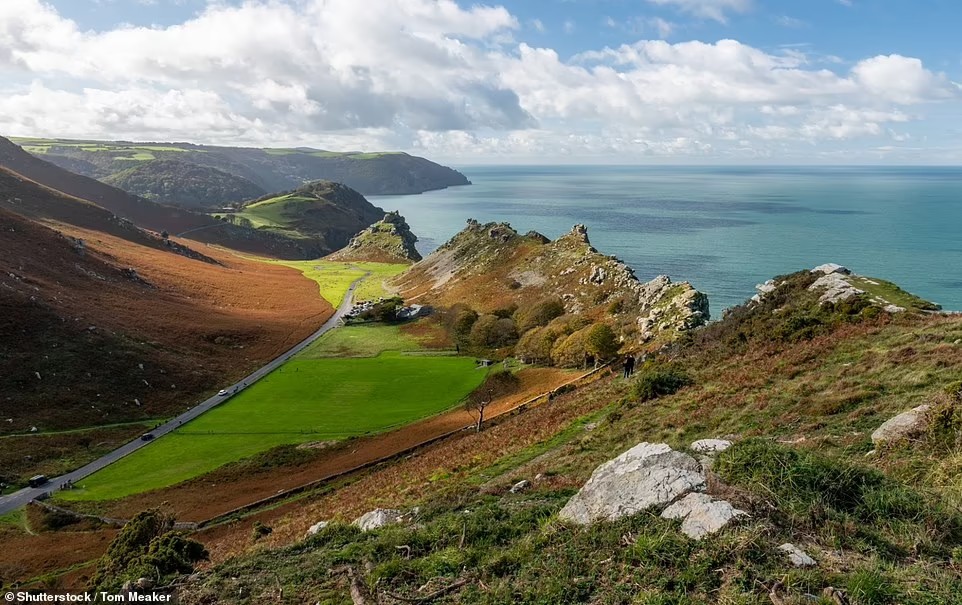
Exmoor National Park surprises visitors with its unusual residents—wild ponies roaming freely. The park comprises moorland, farmland, woodland, rivers, and an impressive coastline. It boasts some of the darkest skies in the UK, allowing visitors to see thousands of stars and the Milky Way with the naked eye on a clear night.






























